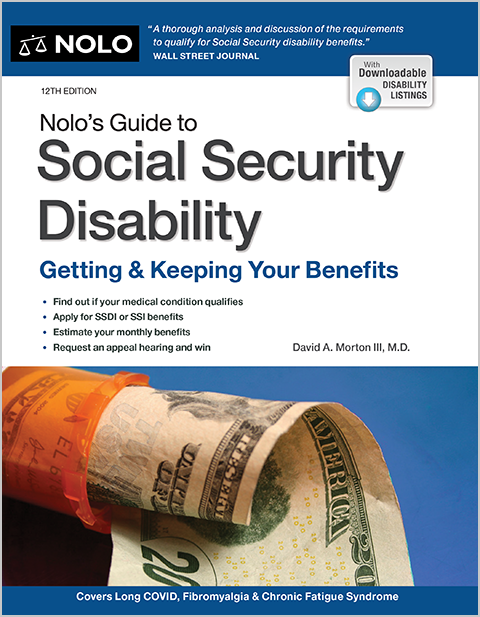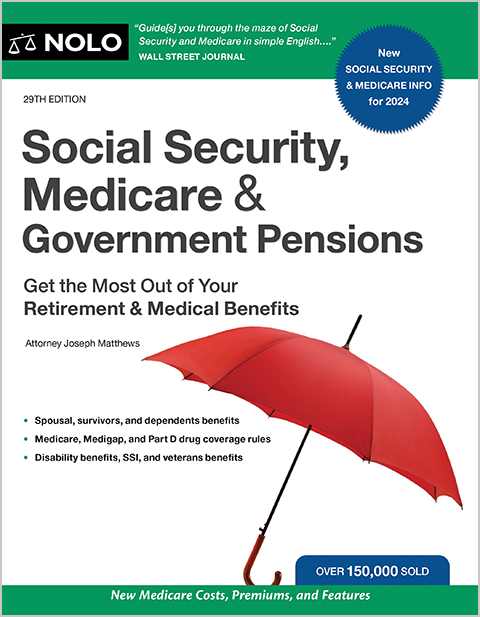Minnesota's Medicaid program will pay for nursing homes and long-term care services for those with low income and assets.
Minnesota's Medicaid program, known as Medical Assistance, provides health insurance coverage to low-income families, children, and unmarried adults, as well as to individuals who are elderly, blind, or disabled. Medical Assistance is administered at the county level by the Minnesota Department of Human Services (DHS). County DHS offices determine financial and medical eligibility for the Medical Assistance program in accordance with state law. To qualify for Medicaid through the Medical Assistance program, individuals must be Minnesota residents and have incomes and assets below a certain threshold.
In addition to providing health insurance coverage to qualifying individuals, Minnesota Medical Assistance may also cover the costs of long-term care, including home health services and nursing homes. To determine eligibility for state long-term care coverage, Minnesota requires that applicants participate in a MnCHOICES assessment (formerly known as a long-term care consultation, or LTCC). The MnCHOICES assessment is a comprehensive, web-based application combining assessment and support planning for those seeking access to Minnesota's long-term care services and supports. Agency officials also use the MnCHOICES assessment to perform state-mandated screening of individuals prior to their admission to Medicaid-certified nursing facilities.
Eligibility for Long-Term Care Services
Over the last several years, Minnesota has followed the path of many other states by seeking to shift resources away from costly institutional services such as nursing homes, toward more flexible and less expensive home- and community-based alternatives.
Home Health Services
Medical Assistance will pay for home health services that are medically necessary, authorized by a physician, part of a written treatment plan, and performed in the patient's residence or in the community. Some of the more common home health services include:
- periodic visits from a licensed home health aide
- services of a Personal Care Assistant
- skilled nursing care
- occupational, physical, or speech therapy, and
- costs of equipment and supplies (such as respiratory machines or diabetic testing kits).
A registered nurse from a home health agency will typically perform an evaluation to determine the nature and frequency of home-based services and to establish a treatment plan. For example, an individual who needs assistance with at least one activity of daily living (bathing, dressing, grooming, toileting, eating, or mobility) may receive daily visits from a home health aide or Personal Care Assistant.
Nursing Home Services
To qualify for nursing home services, an individual must first be screened as part of the long-term care consultation and MnCHOICES assessment process. Minnesota law provides that a person will be found eligible for nursing home care if he or she:
- requires formal clinical monitoring every day
- needs assistance with at least four of the following: bathing, getting into and out of bed, eating, dressing, grooming, using the toilet, getting in and out of a wheelchair, or walking
- experiences substantial problems and requires assistance with memory, information processing, making decisions, and appropriate behavior, or
- has previously stayed in an eligible nursing home facility for at least 90 days.
Help With Activities of Daily Living
Minnesota also has a number of waiver programs that provide funding for home-based service to individuals who meet the eligibility criteria for nursing home care but wish to remain in the community. The Elderly Waiver (EW) program, for example, provides funding for services not typically covered by Medical Assistance, including adult day care, assisted living, home-delivered meals, transportation, and modifications to a residence. Similar services exist under waiver programs for individuals with traumatic brain injuries, developmental disabilities, and other conditions.
If you are denied Medicaid coverage of long-term care services by Medical Assistance, you can appeal a denial of coverage by requesting an administrative hearing. For more information, read Nolo's article on Medicaid appeals.
Medicaid Asset and Income Limitations
To qualify for Minnesota's Medical Assistance, unmarried individuals over 65 may have no more than $3,000 in assets, subject to certain exclusions. If both members of a married couple are applying for Medical Assistance, total assets may not exceed $6,000. Special "spousal impoverishment" rules apply where one spouse resides in a nursing home or qualifies for services under the Elderly Waiver program while the other spouse lives in the community.
Items that are not counted in determining your total assets include a primary residence (equity value under $585,000 in 2019), household goods, one motor vehicle, the cash value of life insurance policies, burial funds, and some jointly owned assets.
There are also income requirements that must be met to qualify for Medical Assistance. The limits vary depending on household size, number and ages of children, whether an individual is pregnant, blind, disabled, or over 65. In 2019, the income limit for blind, disabled, and elderly applicants in single-member households is $1,012 per month. For those in two-member households, the limit is $1,372 per month. As with the asset limits, certain categories of income are exempt from the total.
Even if your income exceeds the applicable threshold, you may still qualify for Medical Assistance with a "spend-down," which operates similar to an insurance deductible. With a spend-down, you must pay a specified portion of your income toward medical expenses before Medical Assistance will provide coverage.
Learn More About Medical Assistance and Long-Term Care
For more information about Medical Assistance or to apply for long-term care coverage, contact your county's Department of Human Services office.
Ready to create your will?


